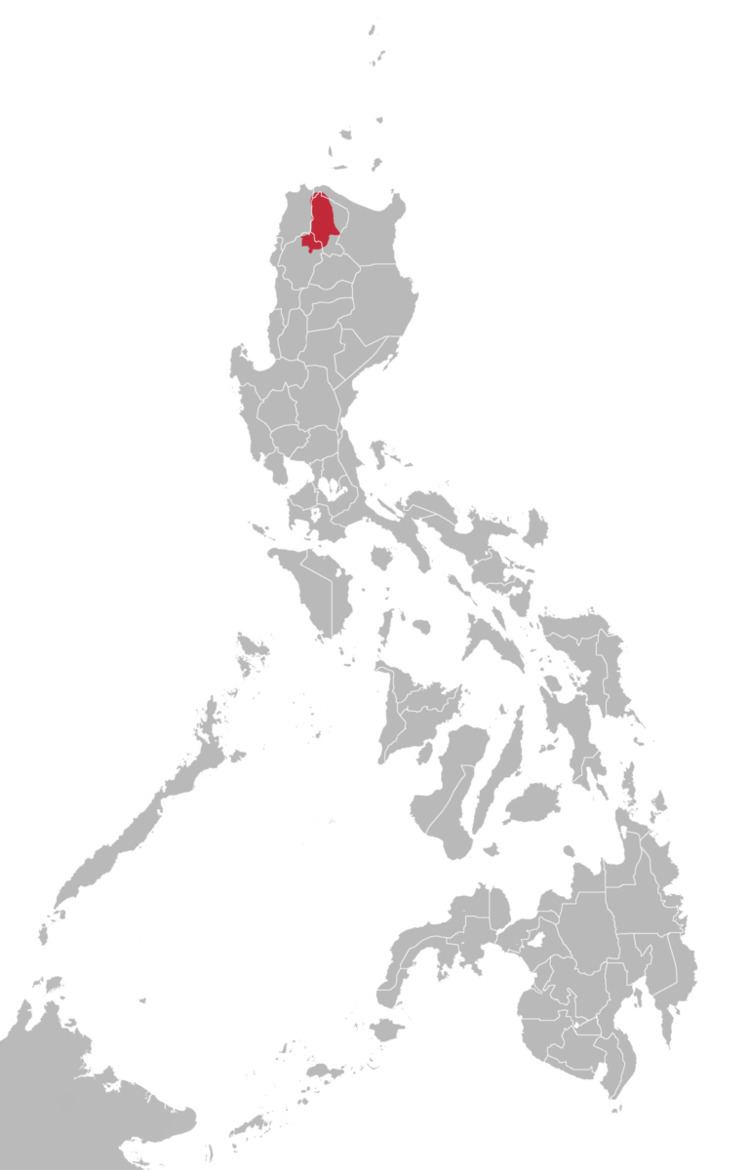Native speakers 30,000–40,000 (1994) | ||
 | ||
Language family AustronesianMalayo-PolynesianPhilippineNorthern LuzonCagayan ValleyIsnag ISO 639-3 Either:isd – Isnagtiu – Adasen Itneg Glottolog isna1241 (Isnag)adas1235 (Adasen) | ||
Isnag (also called Isneg) is a language spoken by around 40,000 Isnag people of Apayao Province in the Cordillera Administrative Region in the northern Philippines. Around 85% of Isnag are capable of reading the Isnag language. Many Isnag speakers also use Ilokano.
Contents
Dialects
Ethnologue lists the following dialects of Isnag.
Alternate names for Isnag include Apayao, Dibagat-Kabugao-Isneg, Isneg, and Maragat (Ethnologue).
Isnag is spoken in the northern two thirds of Apayao Province, Cagayan Province (Claveria and Santa Praxedes municipalites), Abra Province, and Ilocos Norte Province, and scattered areas along the Apayao western border (Ethnologue).
The closely related Adasen (Addasen, Addasen Tinguian, Itneg Adasen) language, which consists of western and eastern dialects, is spoken in northeastern Abra Province and into western Apayao Province. There are 4,000 speakers (Ethnologue).
Sounds
Isnag is also one of the Philippine languages which is excluded from [ɾ]-[d] allophone.
Language sample
Historical sound changes
The Proto-Malayo-Polynesian schwa ə has merged to /a/ such as *qatəp > atap (roof) similar to Kapampangan, atip in Tagalog and atup in Visayan.
